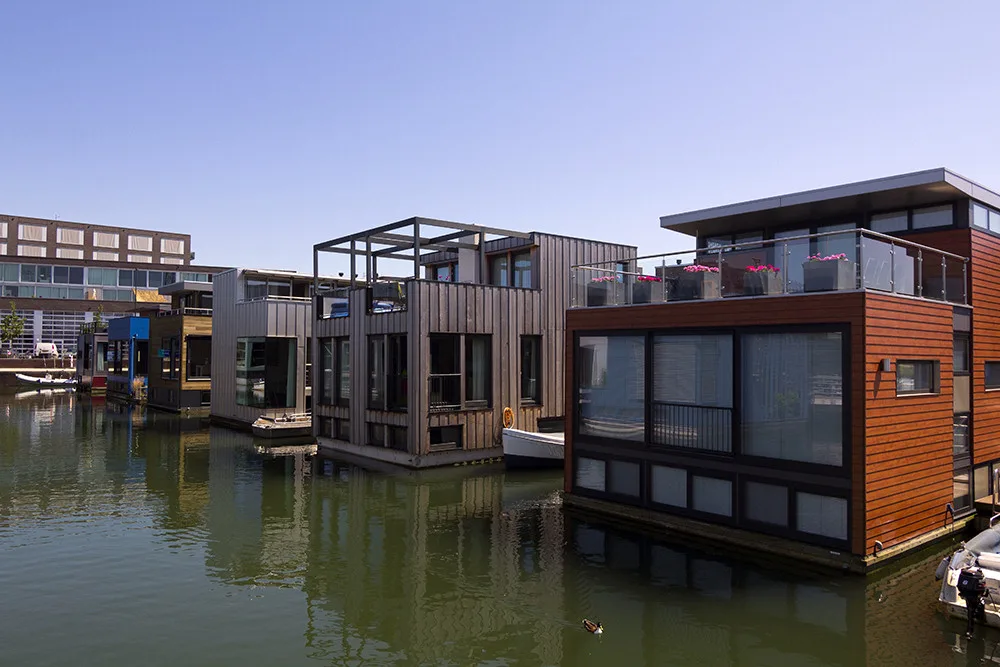Posted: Jun 18, 2018 5:29 pm
Good analysis here in a reasonable time frame ...

this is the life of a roof...
decent read
Going to have to be creative like the Dutch and float new houses....

https://psmag.com/environment/are-the-f ... ising-seas
According to the study, densely populated areas in California and New York face significant exposure to chronic inundation by 2045. These snapshots from the study show just how many people are currently living in at-risk properties.
New York and New Jersey combined could lose nearly 400,000 homes and more than $200 billion in decreased property value.
In all, the entire US coastline area under threat could lose up to 2.5 million homes and businesses, totaling $1 trillion by the end of the century.
That's roughly the equivalent to all the homes in Los Angeles and Houston.
"Unfortunately, in the years ahead, many coastal communities will face declining property values as risk perceptions catch up with reality," said the Union of Concered Scientitsts' Rachel Cleetus. Cleetus is an economist and policy director for the group's Climate and Energy Program.
"In contrast with previous housing market crashes, values of properties chronically inundated due to sea level rise are unlikely to recover and will only continue to go further underwater, literally and figuratively," said Cleetus.
With lower home values, comes lower property taxes. That drop in revenue would hit state funding for schools, roads and emergency services.
A senior climate scientist at UCS, Kristy Dahl estimates that "some smaller, more rural communities may see 30%, 50%, or even 70% of their property tax revenue at risk due to the number of chronically inundated homes."

this is the life of a roof...
In the contiguous US, according to a new study from the Union of Concerned Scientists, more than 310,000 existing homes are projected to be at risk of chronic inundation by 2045, a number that grows to nearly 2.4 million by the end of the century. These maps from the study show what states have the most residential properties at risk in 2045 and 2100.
decent read
Going to have to be creative like the Dutch and float new houses....

IJburg is built on four artificial islands that are connected to each other and the rest of the city via bridges. It has around 21,000 inhabitants, the first of whom moved there in early 2002. But the district still isn't completely built. Though the goal was to finish building IJburg by 2012, that has not happened due to environmental concerns and slow uptake of houses. When finished, it will offer 18,000 homes for 45,000 people and create around 12,000 jobs.
https://psmag.com/environment/are-the-f ... ising-seas